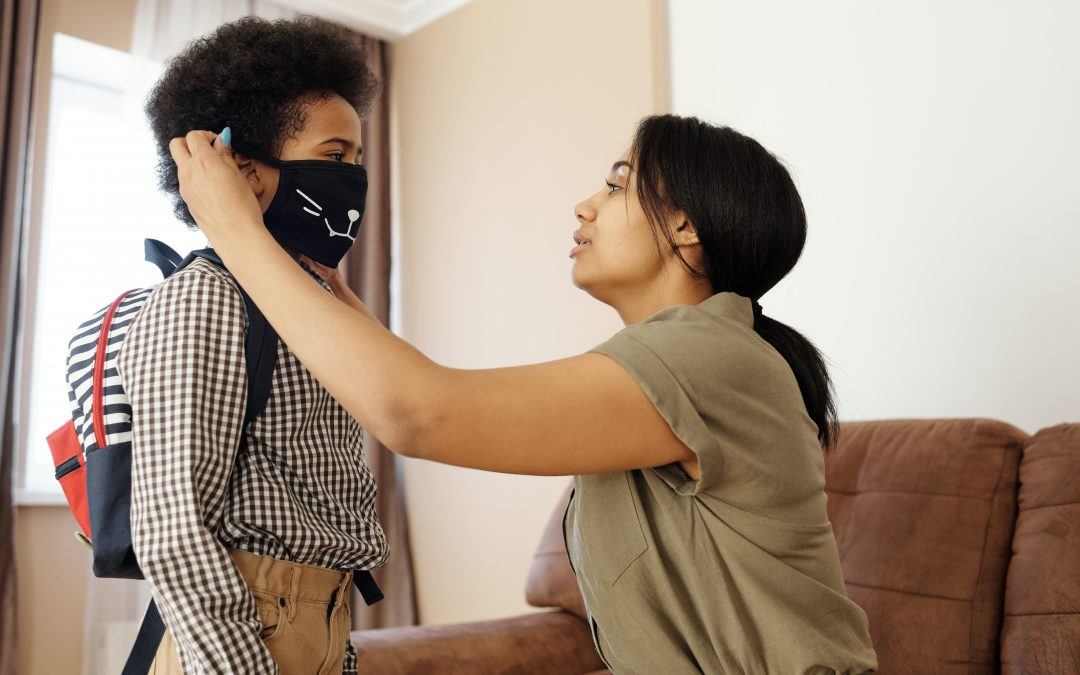According to a Gallup poll conducted in May of 2020, three out of ten parents stated that the pandemic had harmed their children’s mental health. And fourteen percent of parents said they thought that their children would not be able to handle social distancing much longer without harm to their mental health. Only 33% percent felt that their children would be able to handle social distancing as long as necessary without their mental health suffering as a consequence. Distance learning makes it more difficult for schools to keep tabs on students who may be suffering. However, there are several ways to support students’ mental health during the pandemic, whether learning happens in a classroom or at home.
School Changes and Challenges During the Pandemic
During distance learning, teachers don’t have the same opportunities to identify and check in on students who may be struggling. Students can’t linger after class to talk or drop in during their grading period. Online meetings with school counselors may be more difficult. In a home environment, students might not have the privacy they need to speak openly about their feelings. Even if classes are meeting in person, it may be more difficult to monitor the moods of students wearing masks. Due to altered schedules, school counselors may not have the same opportunities to talk with students about managing their emotions. Still, there are several steps schools can take to ensure students who may be struggling get the help they need.
Screening to Support Students’ Mental Health
The American Psychological Association recommends that schools adopt a routine screening process. These screenings can help schools find students who are experiencing symptoms of depression. The APA recommends that elementary schools provide a screening questionnaire. These questions should cover behavior during class and emotional behavior. Both students and teachers should complete these questionnaires. For older students, such as those in middle and high school, schools can give students regular surveys on their emotional well-being. Teachers can also provide surveys to students who show symptoms of anxiety or depression. According to the APA, schools usually found that 20% of the student population needed support through these surveys. During the pandemic, however, a higher percentage of students will probably need help.
Self-Help and Peer Support
In an article in the Journal of the American Academy of Child and Adolescent Psychiatry, Aditya Thakur presents several additional strategies. Thakur notes that the pandemic will not just affect students now, but for a long time. Therefore, schools should help students develop long-term coping strategies. Thakur suggests teaching techniques that build resilience. For instance, schools can show students how to set and focus on select goals in the short term. Additionally, mindfulness exercises can help students to cope with stress and anxiety. Edutopia presents several strategies for teaching mindfulness during virtual learning.
LearnSafe Helps Schools Support Students
The best way that schools can support student mental health during the pandemic is by giving individual students the help they need. In order to do so, however, schools first must identify these students. Screen monitoring software, like LearnSafe, helps schools find students who need help. LearnSafe detects at-risk behavior both online and offline on school computers. This includes mentions of self-harm, suicide, and depression. In one case, LearnSafe captured a student writing about self-harm. LearnSafe notified the school resource officer, who was able to step in and give the student the help they needed. In this way, LearnSafe gives schools the tools they need to support their students, whether learning occurs in the classroom or at home.


